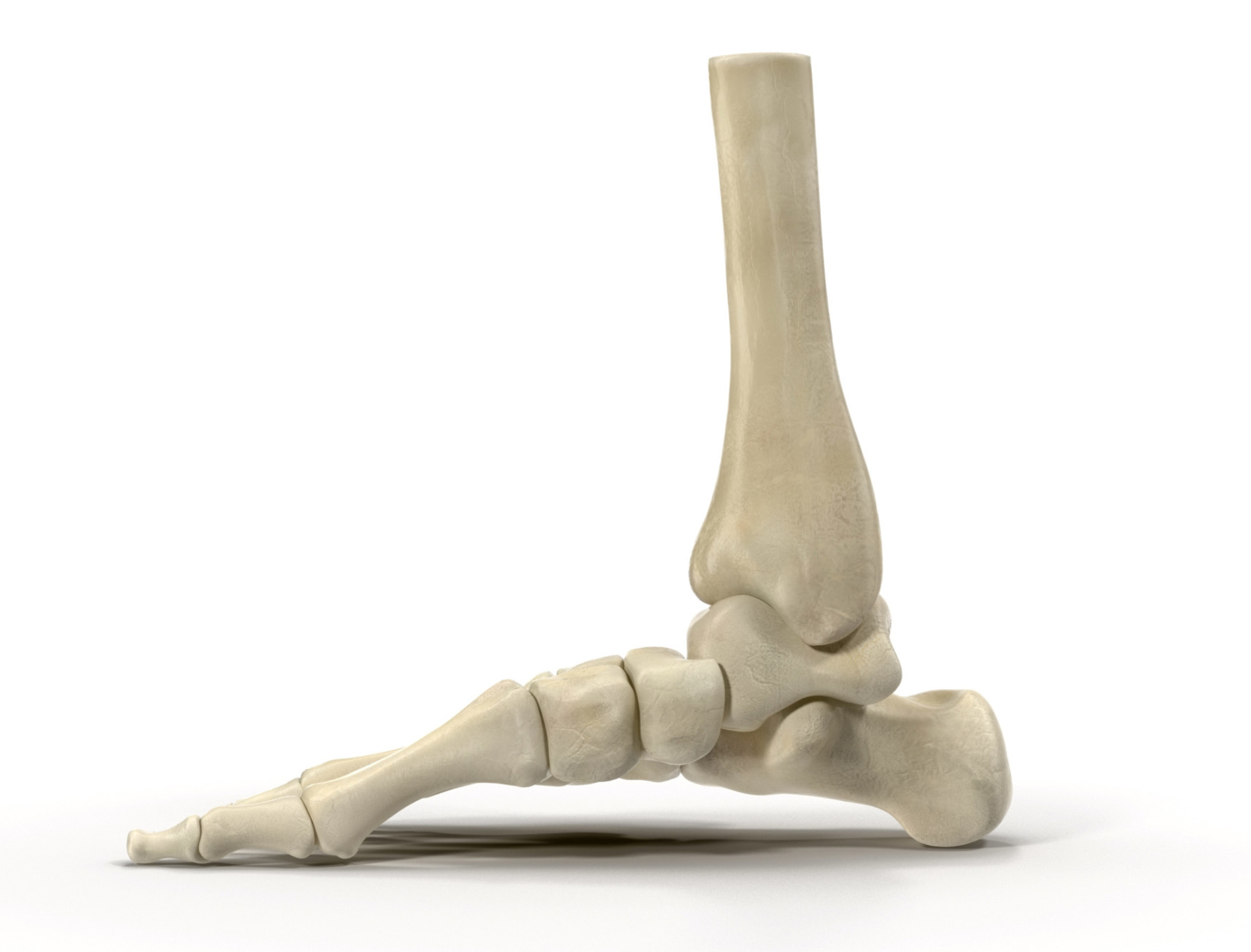Why do I have a bunion?
Posted on 9th May 2018 at 10:38

Like most things in life there are very few people with what we perceive to be a normal or perfect foot.
Occasionally you hear of a person, often married to someone who has terrible feet ‘my husband’s feet are perfect…’ but much like new-born babies that sleep through the night, I have never seen one.
We now know a little bit more about what a bunion actually is but why do some people get them, and some do not?
Some people have low arches, some people have high arches, some people have very low arches and some people have very high arches, some people have one high arch… ok so you know where I am going with this etc.
Most often bunions are associated with a flat foot where the foot has the flexibility and desire to make as much ground contact as possible. The main arch and the metatarsal arch flatten and just for good measure the forefoot will move away from midline of the body and the heel collapses down. This is a very flat foot and the trajectory of the muscles in this foot will amongst other things pull the big toe in towards the second to and the joint at the base of the first toe will enlarge.
Sometimes a person will only have a bunion on one foot and this is an indication that there is a difference between how each foot is functioning. In my case I have a bunion on my left foot because my left leg is slightly longer than my right and in order to maintain my centre of gravity my left arch has lowered over time and the forefoot moved away from the midline of my body. My body thinks it has sorted the leg length problem out but of course there will be repercussions.
Bunions are more a symptom of something else e.g. mobile foot type than a condition in their own right, so - without going into the millions of contributing factors that one cannot diagnose in themselves anyway because they need measured and may be subtle – it really is worth seeing a podiatrist if you have a bunion (or two) or are worried that your child is likely to develop them. A podiatrist will assess the cause and advise you if you should work on a treatment plan and what that plan is.
Tagged as: Bunions
Share this post:





